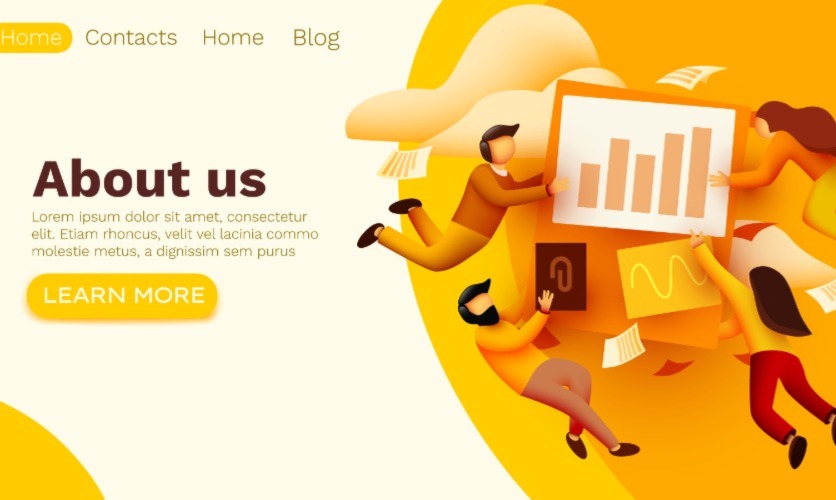April 19, 2023
Are you tired of lackluster results from your landing page? A feeling that website visitors are bouncing off the page faster than the "conversion rate" you were hoping for? Fear not, my friend! Today we'll dive into landing page optimization, and explore the secrets to creating a fantastic page that captures attention…and most importantly, converts visitors to loyal customers.
Whether you're a seasoned marketer or just starting out, the following five practices will help take your landing page from "meh" to "wow" quickly.
Think about it like this: your landing page is the first thing a visitor sees when they land on your website, so every little detail counts. You have only a few seconds before the viewer either continues on your site or clicks away. What do you want them to know about your product or service? How would you like your brand to appear? By making intentional decisions about what’s on your website’s landing page, you can put your best foot forward.
#1: Perfecting Your Clear & Concise Call To Action
The most important element of your landing page is the call to action or CTA. It's what tells visitors what they should do next, and how they can take advantage of what you have to offer.
It must be almost immediately clear who you are and what you want from a visitor. It could be signing up for an email list, or buying something from your store.
Here are some tips:
- Use action-oriented language and powerful verbs.
- Be clear and concise. Avoid using vague language or jargon. Let people know exactly what they’ll get by following your CTA.
- Create a sense of urgency by encouraging viewers to take action immediately.
- Use contrasting colors to make your CTA stand out on the page.
- Position your CTA in a prominent location on the page where it's easy to find, such as above the fold or at the end of a section.
#2: Speak to Your Target Audience in Your Copy

It’s crucial as a business owner to understand your audience as much as possible. Try to understand their interests, their demographic, and why their pain points. You can use this information to create a landing page that speaks directly to your ideal customers' needs and interests.
If you’re struggling to get started, first think about why your ideal customer should buy your product or service. Why do you believe they should buy from you, specifically? What type of language and words do they use when talking about their needs and problems? Once you have an understanding of this, do some further research, and try to put this into words!
You can also start by looking at competitor websites to see how similar companies are addressing their customers' needs in a way that resonates with them.
#3: Improve the Page Load Speed
If a viewer is waiting too long for your landing page to load, they’re more likely to click off of it before they even get to see what you have to offer. Improving your page load speed sounds simple, but can bring transformative results.
A fast-loading landing page also creates a positive user experience, improves your search engine rankings, reduces bounce rates, and increases trust and credibility in your brand.
#4: Focus on the visuals
The goal of using a visual on your landing page is to help lead the viewer through information and toward the call to action. Anything you can do to help the viewer scan quickly through your page will help make the information digestible. Think about how you can break up text into manageable chunks that are easy for people to digest in one very quick glance.
When choosing visuals, make sure they're high quality, relevant, and eye-catching!
#5: Optimize for mobile-friendliness

With the rise of mobile devices, optimizing your landing page for mobile friendliness has become crucial for improving conversions. A mobile-friendly landing page offers a seamless user experience, making it easy for visitors to access your content and take the call to action.
A mobile-friendly landing page can also improve your search engine rankings, as Google prioritizes mobile-optimized sites in search results. This can result in increased visibility and traffic to your landing page.
Visitors are less likely to leave a page that is optimized for their devices. This can increase the time visitors spend on your page, giving them more opportunities to engage with your content and take the desired action.